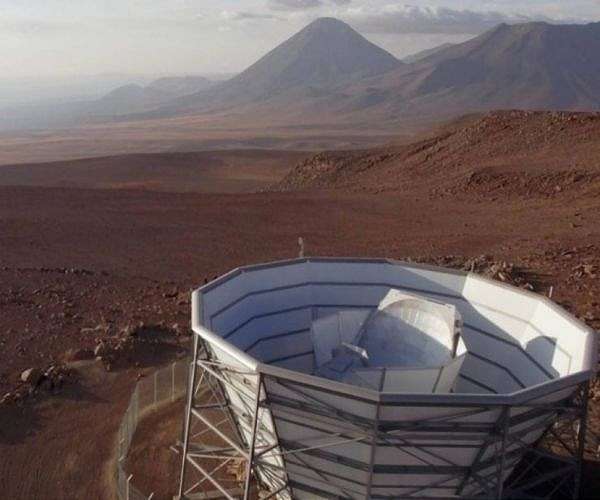Telescopes could power isolated communities in Chile’s Atacama Desert
New research published in ‘Nature Sustainability’ shows that integrating a renewable energy system for the AtLAST telescope in Chile’s Atacama Desert could meet 66% of the energy needs of the nearby city of San Pedro de Atacama, providing a dual solution would provide for both scientific and infrastructure. local communities.
The proposed system would reduce dependence on fossil fuels, which would benefit the Chajnantor Plateau Observatory and surrounding residential areas by providing cleaner, renewable energy. The study suggests that similar energy solutions at other nearby telescopes could reduce fossil fuel use by 30 GWh annually, preventing 18 to 24 kilotons of CO2 emissions while expanding access to affordable clean energy.
The Chajnantor Plateau is home to important observatories such as the Atacama Pathfinder Experiment (APEX) and the Atacama Large Millimeter/submillimeter Array (ALMA), which currently rely on diesel and gas generators for energy due to their isolation from Chile’s national electricity grid.
Because the Atacama Desert offers the greatest solar energy potential in the world, researchers found that excess energy from the AtLAST telescope system could significantly benefit San Pedro de Atacama without additional solar infrastructure. “A sustainable solar energy system large enough to power the telescope could cover 66% of San Pedro de Atacama’s electricity demand without additional capacity in PV or batteries,” explains co-author Luis Ramirez Camargo of the Utrecht University.
The researchers emphasize the concept of ‘energy communities’: joint efforts involving public, private and commercial stakeholders to jointly invest in energy infrastructure. This model encourages local involvement, as lead author Guillermo Valenzuela Venegas from the University of Oslo emphasized: ‘It is essential that those who are actually affected participate in the discussion and influence decision-making in order to achieve just, locally applicable solutions to the energy transition. .”
Ramirez Camargo added: “Our research shows that astronomy can lead by example in the urgent transition to a just net-zero world, and ensure that no one is left behind.”


